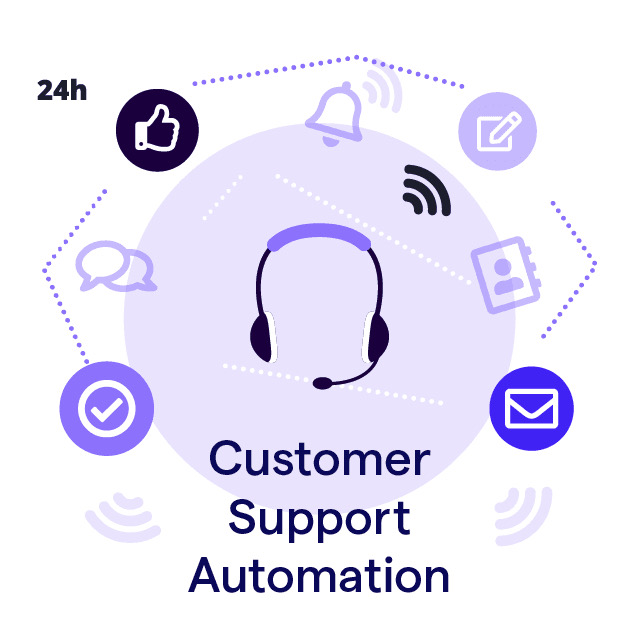Sustainable E-Commerce: Transforming the Way We Shop

In recent years, sustainable commerce has turned from a buzzword into a defining pillar of modern business strategy. Global markets face pressure from climate change, resource shortages, and changing consumer values. The question is no longer if companies should act sustainably, but how they can do so profitably.
Sustainable commerce means doing business in a way that reduces environmental harm. It also supports long-term social sustainability and economic strength.
From carbon footprint reduction to waste reduction and eco-friendly packaging, today’s businesses are rethinking every step of their value chain. Retailers are using sustainable packaging and recyclable materials. Logistics companies are investing in renewable energy and low-emission transport. E-commerce brands are moving toward sustainable practices that promote transparency and responsible consumption.
Rising greenhouse gas emissions, reliance on fossil fuels, and natural resource depletion show that the old model of "take, make, waste" no longer works.
In this guide, I will explore how companies, especially in e-commerce, can create long-term value for both society and shareholders. We’ll also look at case studies of businesses that have successfully implemented sustainability strategies, as well as their tools and metrics.
Key principles
These principles guide companies that want to reduce their environmental impact. They help lower carbon emissions and align operations with a more responsible global economy.
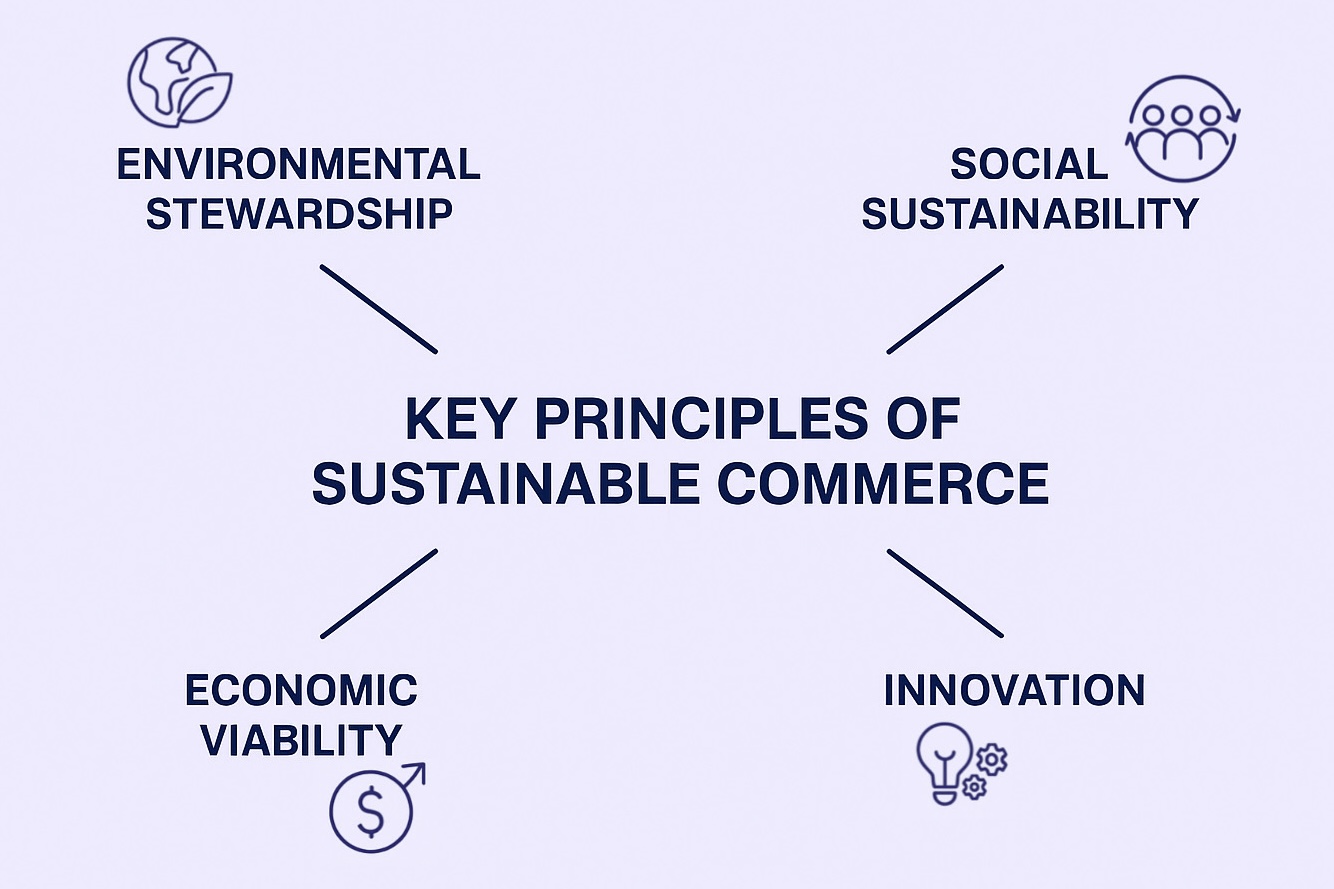
- Environmental Stewardship: At the heart of sustainable commerce is environmental protection, minimizing harm to natural ecosystems through smarter production and consumption. Businesses are measuring their carbon footprint, cutting down on greenhouse gas emissions, and switching from fossil fuels to renewable energy sources such as solar and wind.
- Social Sustainability: True sustainability includes social capital, living wages, and diversity and inclusion within organizations. It ensures that workers throughout global supply chains are treated fairly and that communities benefit from business activities.
- Economic Viability and Long-Term Profitability: Businesses should still make financial sense. The goal is not to sacrifice profits but to align them with responsible growth. This is achieved by investing in sustainable materials, improving supply chain management systems, and designing products for durability and repairability, an approach known as product lifecycle management.
- Innovation: By embracing big data technologies, ICT expansion, and digital transformation, companies can optimize logistics, predict demand, and reduce waste. Emerging sectors, such as green financing markets, green hydrogen, and sustainable aviation fuel, also highlight how innovation can drive both growth and climate action.
Business Benefits of Sustainable Commerce
No, sustainable commerce isn't only a trendy new obligation from Gen Z; it is actually a smart business strategy. Companies that focus on sustainable practices gain clear benefits in brand reputation, profits, and long-term growth.
Operational Efficiency and Cost Savings
Energy-efficient buildings, renewable energy, and better supply chain management lower production and distribution costs. Businesses that focus on waste reduction and smart product lifecycle management also benefit from leaner operations and reduced material expenses.
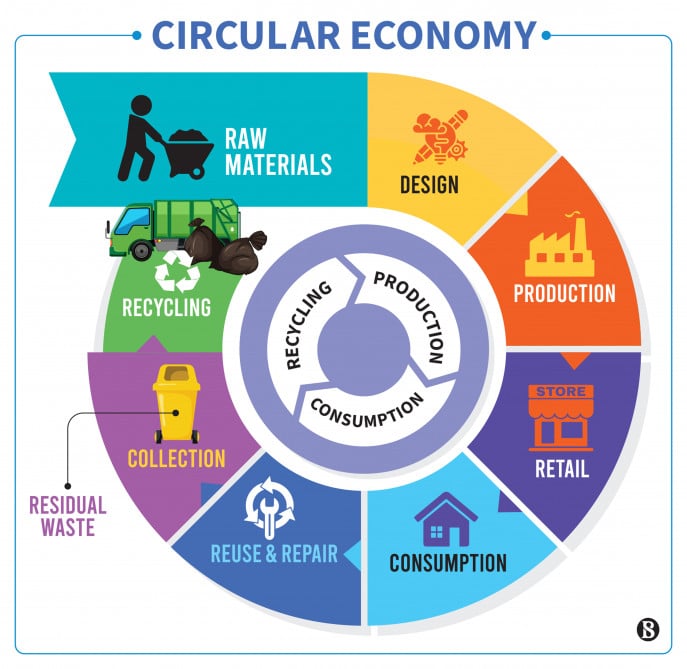
For example, using a Circular Economy model means repairing, reusing, or recycling products. This reduces the need for new materials and helps companies save money while protecting the environment.
Access to New Markets and Green Financing
Sustainability opens doors to new funding and market opportunities. Many investors now prioritize companies with strong environmental, social, and governance (ESG) performance, and access to green financing markets continues to grow. Tools like Renewable Energy Certificates and green mortgages encourage businesses to invest in low-carbon infrastructure and sustainable materials.
A 2022 IBM research of 850 global companies revealed that over 80% intended to augment their commitments to sustainability by increasing their investments with a view at reaping the benefits of long-term savings
Government programs and global agreements like the Paris Agreement and the EU's Green Deal offer incentives to businesses that aim for net-zero emissions. This makes sustainable commerce both ethical and economically beneficial.
Competitive Advantage in E-Commerce
In the age of online shopping, sustainable e-commerce is redefining the retail experience. Customers increasingly seek out brands that align with sustainable consumption values.
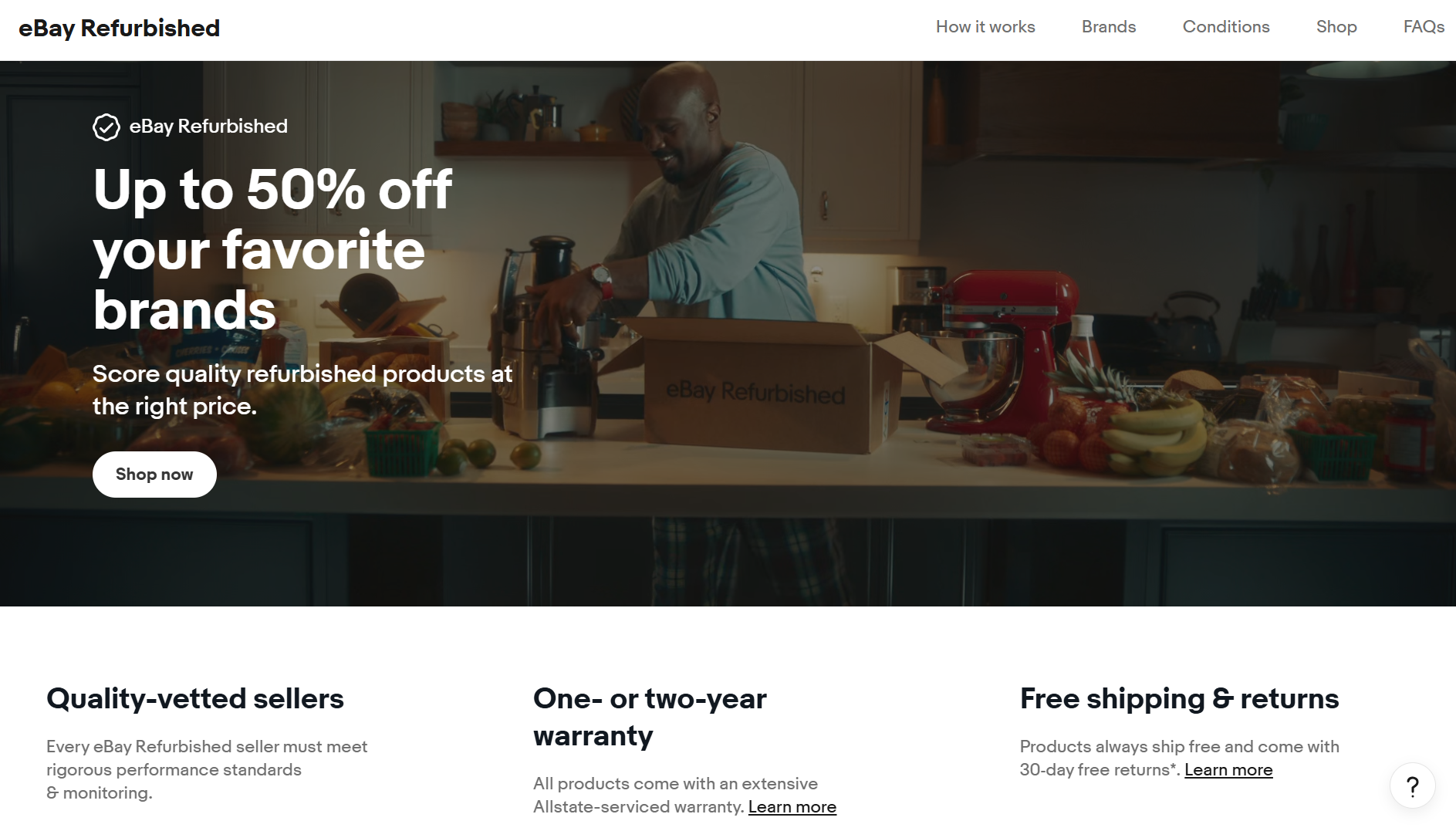
Platforms such as eBay Refurbished have capitalized on this trend by promoting circular retail, extending product life cycles, and reducing returns (e-commerce returns).
Talent Attraction and Employee Engagement
Sustainability doesn’t only attract customers; it attracts people. Employees increasingly want to work for purpose-driven organizations.
IBM’s Institute for Business Value (IBV) supports this view, with 70% of the 14,000 workers surveyed indicating they are more likely to stay with an employer that has a good environmental reputation.
Companies that invest in social responsibility, diversity, inclusion, and fair labor practices have more engaged workers, less turnover, and more innovation.
Enhanced Brand Reputation and Consumer Trust
Modern consumers expect brands to reflect their values. Businesses that demonstrate commitment to sustainable initiatives, such as eco-friendly packaging, waste reduction, and carbon footprint tracking, are rewarded with stronger consumer trust and brand loyalty.
Based on PWC, Consumers are increasingly prioritising sustainability in their consumption practices, as almost nine-in-ten (85%) say they are experiencing the disruptive impacts of climate change in their lives.
Other surveys show that shoppers are more likely to purchase an eco-friendly product when brands communicate transparently about their environmental commitments.
Resilience and Risk Reduction
Sustainable commerce makes businesses stronger. By reducing dependence on fossil fuels, optimizing resources, and planning for climate change risks, companies can protect themselves from supply chain disruptions, regulatory penalties, and reputational crises in the long run.
Challenges in Sustainable E-commerce
While sustainable e-commerce is redefining the future of retail, it also introduces a unique set of challenges that traditional businesses don’t face. Online retail relies on global logistics, large amounts of packaging, and fast delivery. These factors make it hard to balance environmental impact, profits, and customer satisfaction.
The Carbon Footprint of Delivery and Logistics
Shipping is one of the biggest obstacles to sustainable e-commerce. Each stage, from warehouse operations to last-mile delivery, contributes to carbon emissions and greenhouse gas emissions. As more customers demand same-day or next-day shipping, companies struggle to maintain speed without increasing their environmental footprint.
Fast-shipping increases the CO2 emissions and costs up to 15% and 68%, respectively.
Although many e-commerce giants are investing in low-carbon technologies, these solutions are expensive and still limited in scale. Calculating accurate carbon emissions factors for such complex delivery networks also remains difficult under current GHG Protocol standards.
Excessive Packaging and Waste Management
Another major challenge is packaging waste. The boom in online shopping has led to an explosion of plastic and cardboard use, much of which is non-recyclable. Adopting eco-friendly and sustainable packaging alternatives is essential, but not always cost-effective.
Online shopping generates 4.8 times more packaging waste than offline shopping.
Some e-commerce platforms try using recyclable materials, compostable fillers, and less packaging. However, there is no global consistency yet. Recycling systems differ a lot by region. This makes it hard for online retailers that work internationally to reduce waste.
Product Returns and Reverse Logistics
E-commerce returns create another hidden environmental burden. Returned items often require multiple shipments, repackaging, and sometimes disposal if they can’t be resold. This reverse logistics loop increases carbon emissions, packaging waste, and operational costs.
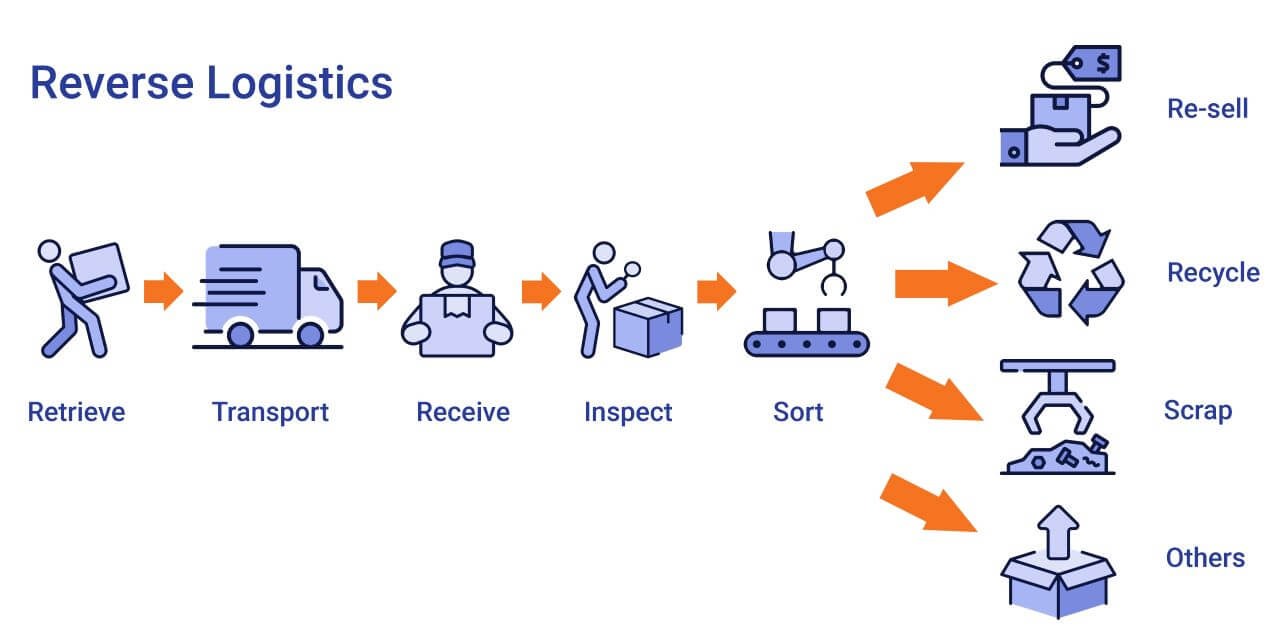
Consumer Behavior and Expectations
Modern shoppers demand convenience, but convenience often conflicts with sustainability. Features like free returns, instant delivery, and cheap international shipping reinforce unsustainable shopping habits. Companies must communicate well and educate customers to encourage sustainable behaviors. Sometimes, they also need to offer incentives.
Supply Chain Transparency and Data Limitations
Online retailers depend on vast supplier networks, many of which lack transparency. Tracking sourcing, manufacturing, and transport emissions across these networks is extremely challenging. Without reliable data, it’s hard to measure environmental ratings, manage carbon labeling, or ensure adherence to environmental, social, and governance (ESG) standards.
Building digital tools that use big data technologies and ICT expansion for traceability could solve part of this, but integrating such systems across multiple e-commerce platforms remains costly and technically demanding.
Balancing Profitability and Sustainability
Finally, there’s the financial challenge. Implementing sustainable initiatives, from green packaging to cleaner logistics, can raise costs and strain margins. Smaller e-commerce businesses may find it especially hard to compete with large corporations that can afford sustainability investments.
To stay viable, online retailers must build a long-term sustainability roadmap, use green financing markets, and communicate their progress transparently to maintain consumer trust. Collaboration with logistics providers, packaging innovators, and governments will be crucial for scaling net-zero emissions solutions across the industry.
Best Strategies for Sustainable E-Commerce - What (Not) to do
1. Building Circular Economy Models
The circular economy is at the heart of sustainable commerce. Instead of following the traditional “take-make-waste” model, circular systems keep materials and products in use as long as possible through repair, resale, or recycling.
E-commerce platforms like Patagonia’s Worn Wear and ThredUp have pioneered this approach by enabling customers to trade in used products, extending their product lifecycle, and reducing waste generation.
What to do:
Patagonia’s Worn Wear has become a benchmark in circular retail. By offering store credits for returned items, the company creates customer loyalty while cutting down on production-related carbon emissions.

What not to do:
On the other hand, H&M’s “Conscious Collection” faced heavy criticism for overstating its environmental impact. Despite promoting recycled fabrics, the line accounted for a fraction of total sales, highlighting the dangers of greenwashing when claims outpace action.
Read more: The Guardian's article about the term "Greenwashing" and how it developed.
2. Sustainable Packaging and Waste Reduction
Eco-friendly packaging remains one of the most visible and impactful sustainable practices. Brands can use recyclable materials, biodegradable mailers, or even reusable packaging systems to reduce waste generation.
What to do:
Amazon’s “Frustration-Free Packaging” initiative eliminated millions of unnecessary boxes by shipping products in their original packaging. This reduced waste and improved delivery efficiency.
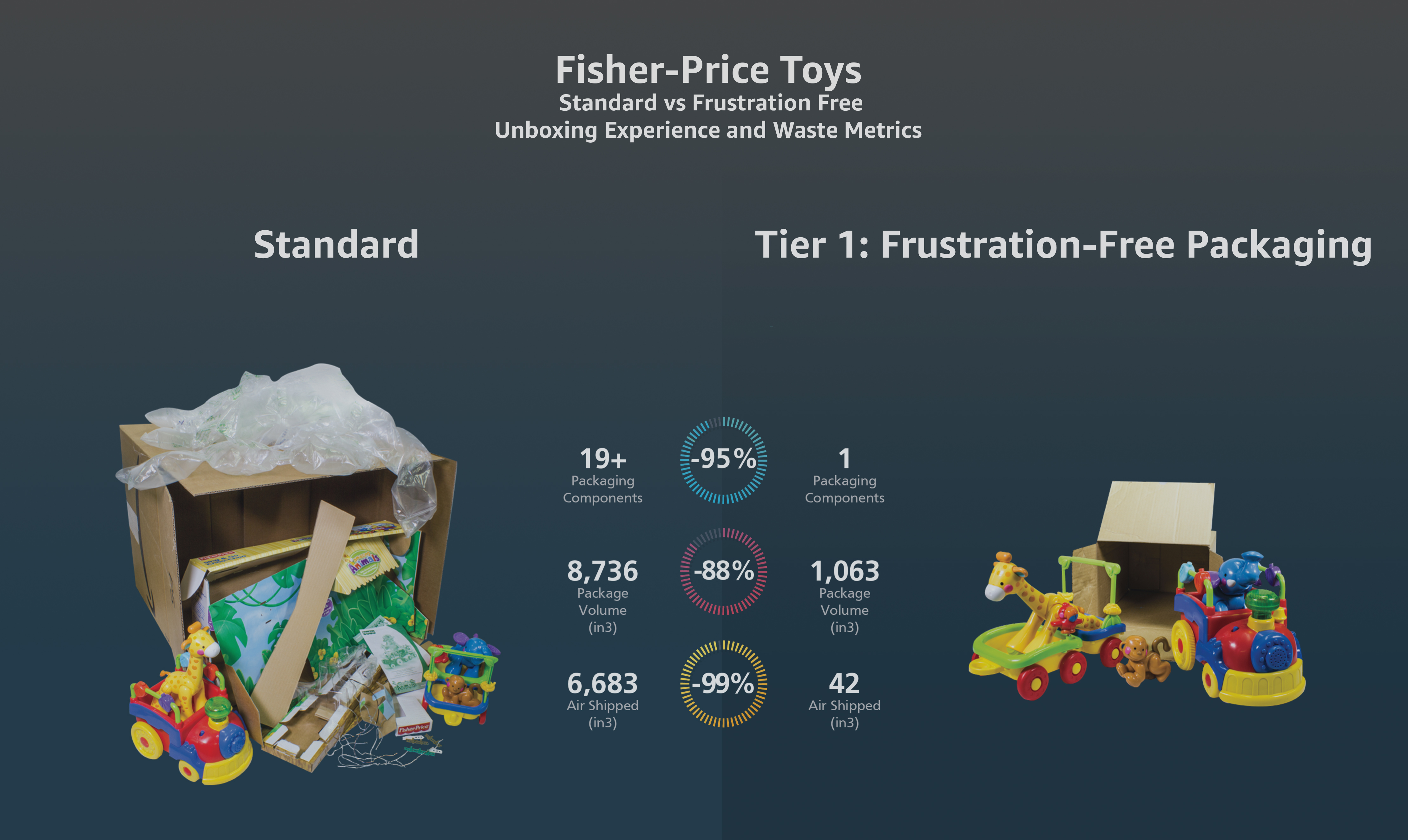
What not to do:
We have all ordered something small that came in a package wrapped in a plastic bag wrapped in another package at least once. Some retailers are facing backlash for this "overpackaging."
3. Optimizing Logistics for Lower Carbon Emissions
The last-mile delivery problem is one of the biggest challenges in e-commerce sustainability. To combat it, brands are turning to green logistics, electric delivery vehicles, micro-fulfillment centers, and carbon offset programs.
What to do:
IKEA has committed to using 100% electric delivery fleets in major cities by 2025, significantly cutting greenhouse gas emissions.
4. Promoting Responsible Consumer Behavior
Encouraging sustainable consumption is essential to long-term impact. E-commerce platforms can nudge users toward eco-friendly products, provide transparent environmental-impact ratings, or offer incentives for lower-impact choices.
What to do:
Etsy offsets 100% of its shipping emissions and clearly communicates the environmental footprint of its operations to customers, strengthening consumer trust and brand reputation.
What not to do:
Conversely, some online marketplaces use “green” product labels without clear definitions, confusing consumers and eroding credibility. Mislabeling eco-friendly products or failing to verify supplier claims has led to growing regulatory scrutiny under ESG guidelines.
5. Integrating Sustainable Technology and Data Systems
Digital tools can help measure sustainability performance. Big data technologies, AI, and blockchain allow companies to track carbon footprints, manage supply chains, and ensure traceability from factory to doorstep.
What to do:
Everledger uses blockchain to verify ethical sourcing and product traceability, ensuring that items meet environmental, social, and governance (ESG) standards.
6. Transparent Communication and Authentic Branding
The rise of conscious consumers means authenticity is everything. Brands that communicate their sustainability efforts honestly, even their setbacks, tend to build stronger loyalty.
What to do:
Allbirds, known for its carbon-labeled footwear, publishes transparent sustainability reports detailing carbon emissions factors, production data, and goals.
Future Trends in Sustainable E-Commerce
1. AI-Powered Sustainability Management
Artificial intelligence and big data technologies are redefining how companies measure and manage their carbon footprints. E-commerce platforms are beginning to use predictive analytics to optimize supply chains, reduce waste generation, and forecast the environmental impact of logistics. For example, AI-driven supply chain management systems can identify the most efficient shipping routes, minimizing greenhouse gas emissions without sacrificing delivery speed.
Read more: Top usecses of AI in e-commerce.
2. Renewable Energy in E-Commerce Operations
A growing number of companies are investing in renewable energy sources to power warehouses, data centers, and distribution hubs. Some even purchase Renewable Energy Certificates (RECs) or adopt low-carbon technologies to meet Science Based Targets initiative (SBTi) standards. The push for net-zero emissions has become not just a corporate goal but a competitive advantage. Brands using green hydrogen or sustainable aviation fuel for air transport are setting new benchmarks for decarbonization.
3. Carbon Labeling and Consumer Transparency
Transparency will soon be a key differentiator in sustainable commerce. Consumers increasingly expect detailed carbon labeling and environmental-impact ratings on product pages — allowing them to make informed choices about eco-friendly products. Pioneers like Allbirds and Oatly already display the carbon footprint of each item, building consumer trust through verified data rather than vague claims.
Conclusion
As the e-commerce industry continues to grow, sustainability will become a baseline expectation. The future belongs to companies that integrate eco-friendly practices, ethical responsibilities, and transparent operations into every part of their business.
The path toward sustainable commerce is complex, filled with both innovation and trial. But as more companies embrace renewable energy, circular economy principles, and data-driven accountability, they move closer to achieving real impact, not just for their customers, but for the planet itself.
Ultimately, the goal is clear: a digital marketplace that values profit, people, and the planet equally. The brands that commit to this vision today will define the future of shopping tomorrow!
Book a 30-minute session where we will find out how AI bot can help you decrease call center costs, increase online conversion, and improve customer experience.
Book a demo

